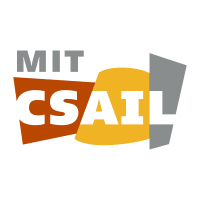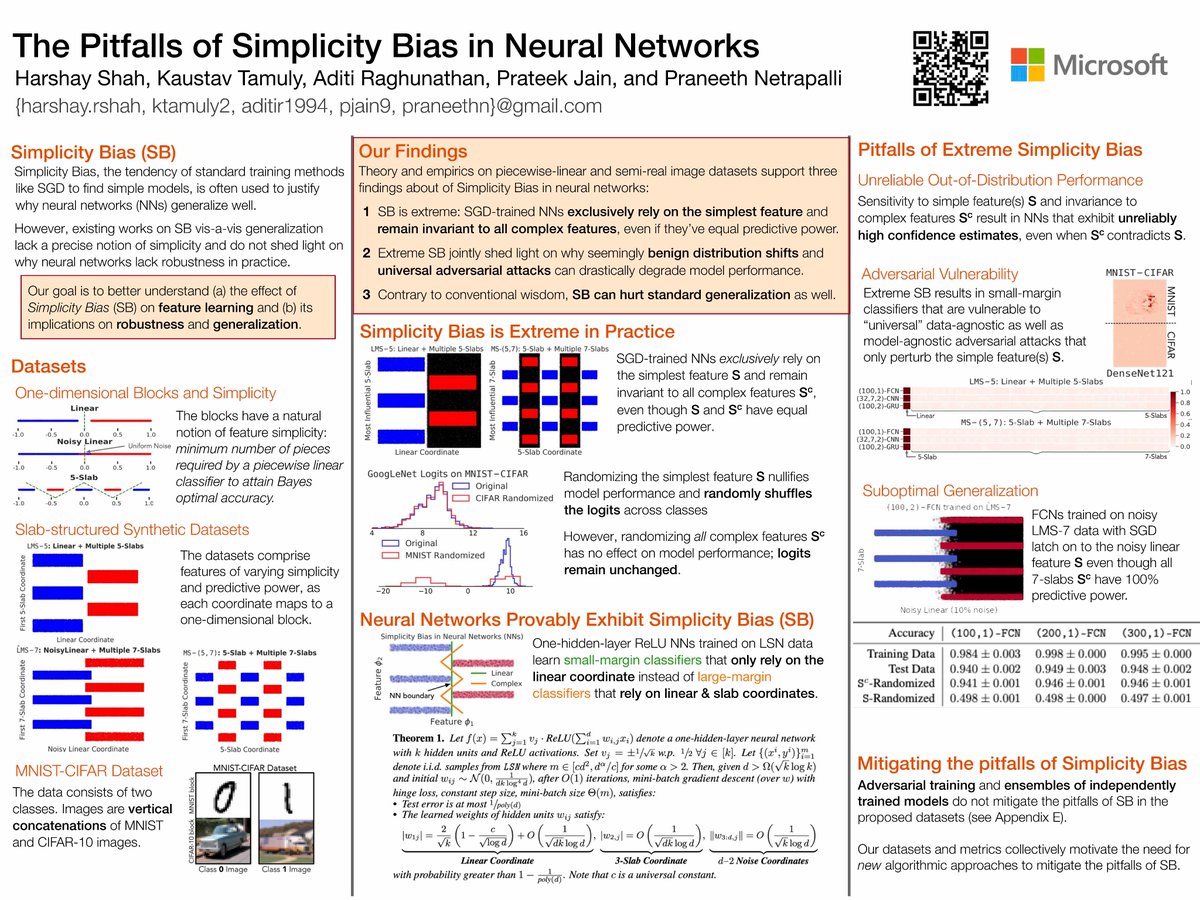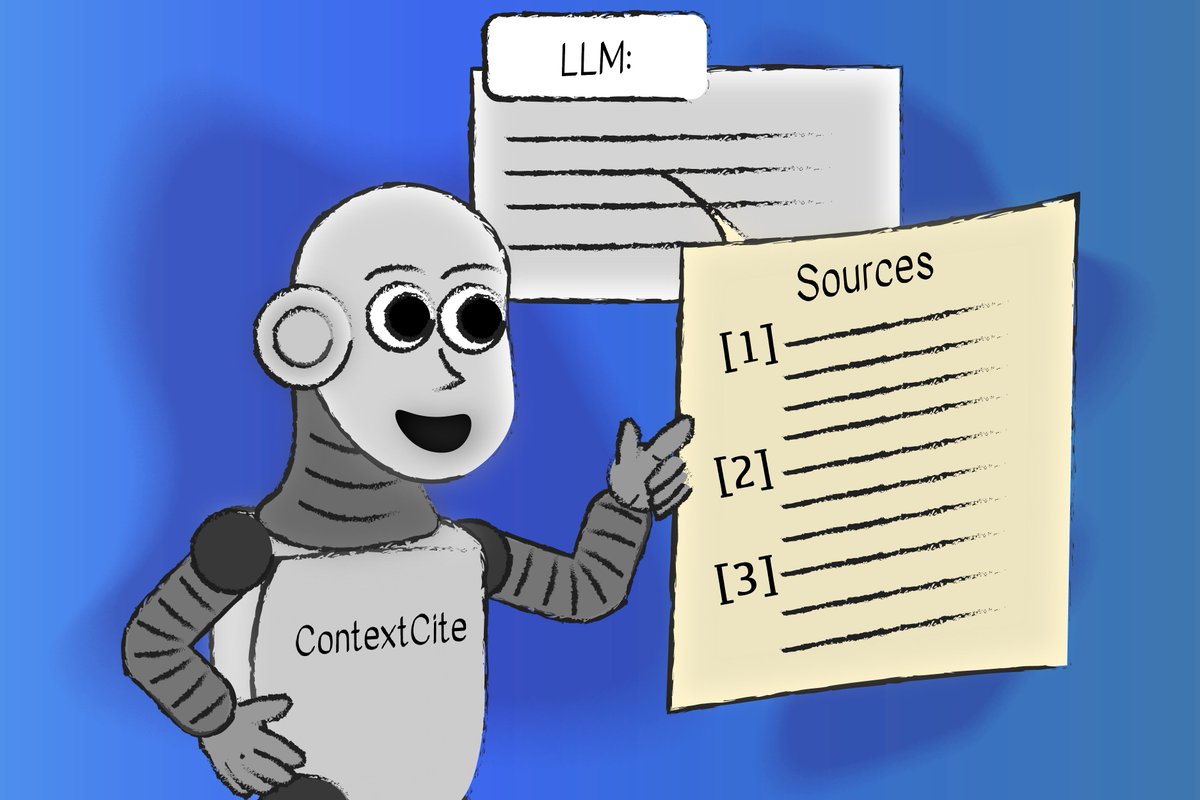
Harshay Shah
@harshays_
ML PhD student
ID: 591163833
http://harshay.me 26-05-2012 17:03:22
21 Tweet
533 Followers
691 Following


Do input gradients highlight discriminative and task-relevant features? Our #NeurIPS2021 paper takes a three-pronged approach to evaluate the fidelity of input gradient attributions. Poster: session 3, spot C0 Paper: bit.ly/3EzdvyH with Prateek Jain and @pnetrapalli


You’re deploying an ML system, choosing between two models trained w/ diff algs. Same training data, same acc... how do you differentiate their behavior? ModelDiff (gradientscience.org/modeldiff) lets you compare *any* two learning algs! w/ Harshay Shah Sam Park Andrew Ilyas (1/8)


TRAK, our latest work on data attribution (trak.csail.mit.edu), speeds up datamodels up to 1000x! ➡️ our earlier work ModelDiff (w/ Harshay Shah Sam Park Aleksander Madry) can now compare any two learning algorithms in larger-scale settings. Try it out: github.com/MadryLab/model…

If you are at #ICML2023 today, check out our work on ModelDiff, a model-agnostic framework for pinpointing differences between any two (supervised) learning algorithms! Poster: #407 at 2pm (Wednesday) Paper: icml.cc/virtual/2023/p… w/ Sam Park Andrew Ilyas Aleksander Madry


New work with Andrew Ilyas and Aleksander Madry on tracing predictions back to individual components (conv filters, attn heads) in the model! Paper: arxiv.org/abs/2404.11534 Thread: 👇

How is an LLM actually using the info given to it in its context? Is it misinterpreting anything or making things up? Introducing ContextCite: a simple method for attributing LLM responses back to the context: gradientscience.org/contextcite w/ Ben Cohen-Wang, Harshay Shah, Kristian Georgiev






If you’re at #ICLR2025, go watch Vimal Thilak🦉🐒 give an oral presentation at the @SparseLLMs workshop on scaling laws for pretraining MoE LMs! Had a great time co-leading this project with Samira Abnar & Vimal Thilak🦉🐒 at Apple MLR last summer. When: Sun Apr 27, 9:30a Where: Hall 4-07



